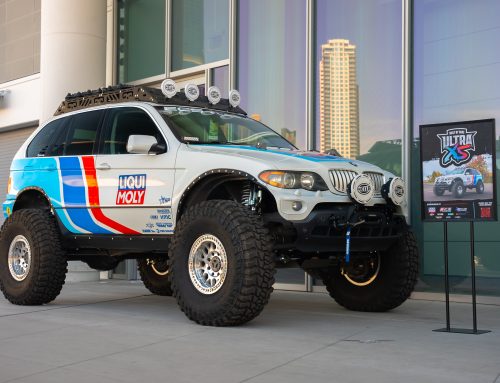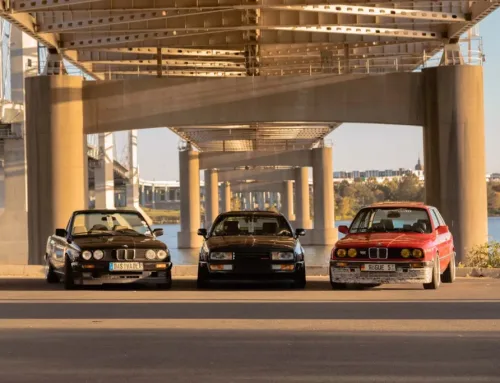The E36 is already rising in value from its near rock-bottom pricing that has persisted over the last ten years. Enthusiasts are quick to shell out $20,000 or more for clean, low-mileage M3s, and the 100-some-odd LTWs left are fetching stupid prices, despite their original difficulty leaving the dealerships when they were released in the late nineties. The E36 used to be one of the top performance platforms on the planet, but it has since been run through the gamut of second, third, fourth, and more owners, each respectively paying less for their BMW than the last and undeniably ruining them to greater and greater degrees. However, some examples persist in near factory-like condition, representing a testament to those who appreciate the car as more than an alternative 240sx drift missile. Fortunately, we have a few of them here.
ECS Tuning loves E36s. I myself have owned a couple, cheating briefly on my E30 wife, and many of us here currently own E36 M3s. The dedication to maintaining these old BMWs runs deep, which means we get to see some of the best examples not hoarded at EAG. But what does it take to keep one of these things going strong?

The short answer is: not really much. Someone in the market for an E36 should definitely look for a clean example, but there isn’t much that can actually go wrong in the E36. There are, of course, known common failures. I keep a spare VANOS unit for my M52-swapped E30 around for the inevitable failure, which is a frequent weak point in the M5x/S5x family of engines found traditionally in the E36. You will also want to tackle cooling issues by replacing the water pump, radiator, hoses, thermostat, temp sensor, and coolant upon purchase. Beyond that, the cars are perfect canvasses for an artistic creation or stunning OEM restoration.
But why save these cars? The E36 was the first 3-series BMW built with machines, which severely affected the longevity of interior bits that are known to essentially fall apart when you look at them wrong. That said, it is also one of the best platforms for the money. In the M3 trim, you get rear wheel drive, a manual transmission 5-speed ZF gearbox, a 3.0 or 3.2-liter straight six that will rev upwards of 8,000RPM, and possibly one of the most engaging chassis of all time. Really, the E36 is the perfect enthusiast car. It blends modern technology with old-school analog fun for a perfect combination of fun and convenience.
This most certainly accounts for why they have recently begun to climb in value. Compared to the often-broken 350z, overpriced S13/14, or

Should I get one? Yes, absolutely. In fact, I’m going to pull a Babe Ruth and call the home run. The E36 M3, while it will never reach absurdity levels seen in E30 M3 prices, is going to peak in value within the next three to five years. A $10,000 example right now, were it in the same condition five years from now, would undoubtedly fetch considerably more money as examples are wrecked, raced, or used as donors for swaps. The dwindling number of the first mass-produced M3 will play another part in this value hike.
If anything, the number of people choosing to still race and maintain their E36s, as well as the number each year that are written off in scrapyards, should tell you to buy sooner rather than later. There isn’t a track day, car show, pop-up meet, or Auto-X event you won’t see an E36 M3 because of their perfect ability to be at home anywhere. This makes their target market wide, their demand high, and their prices climb. As we begin to see more

Get one while the
Yes, with the growing number of companies capitalizing on the popularity of Radwood-Era vehicles like the M3, we are going to see a price peak soon. It is this writer’s advice that you find an example that suits your fancy, begin the process of repair and restoration, then decide whether it’s going to be your forever car or an investment to unload in three or four years. Realistically, I say now is the time to buy one and keep it forever, as the number of unmolested M3s without a stupid price tag and an






